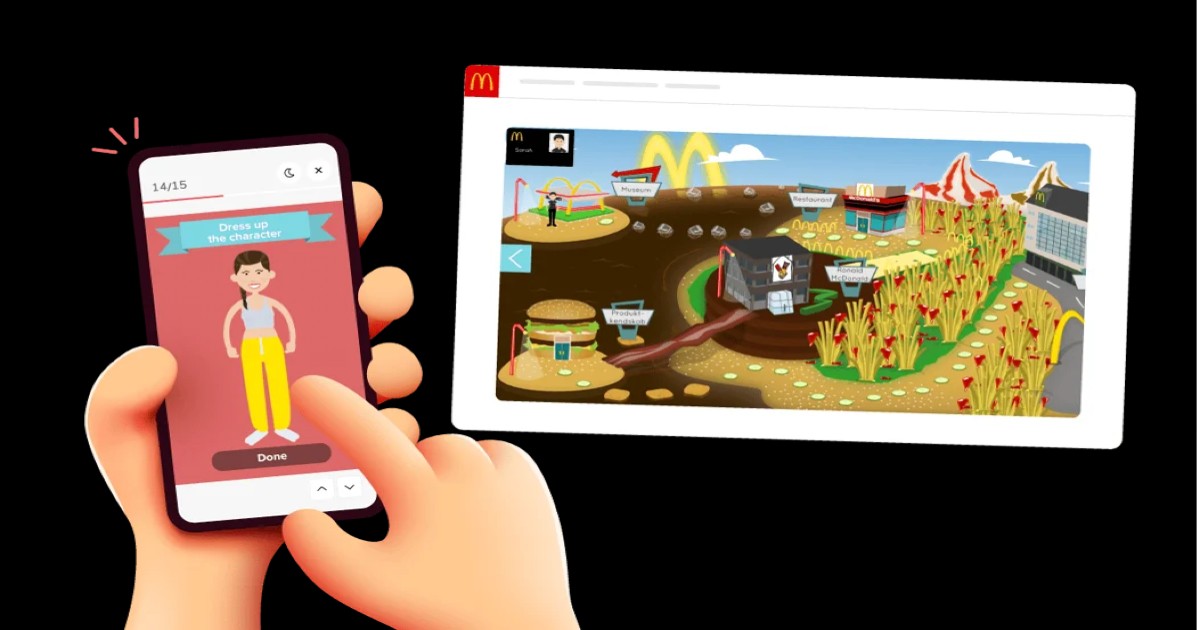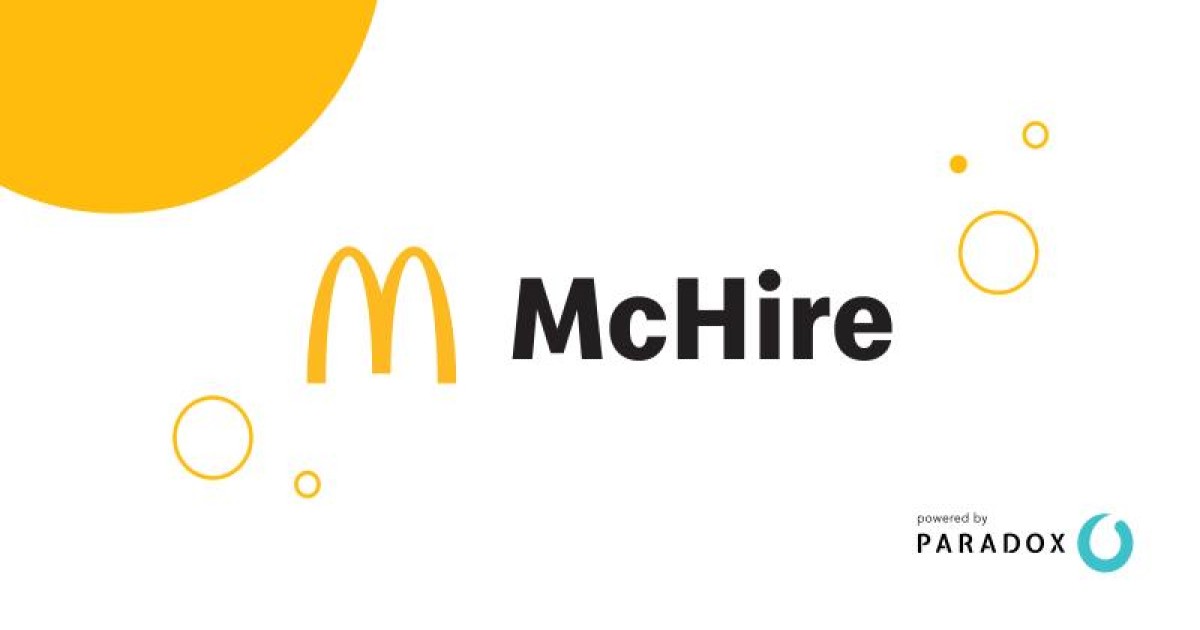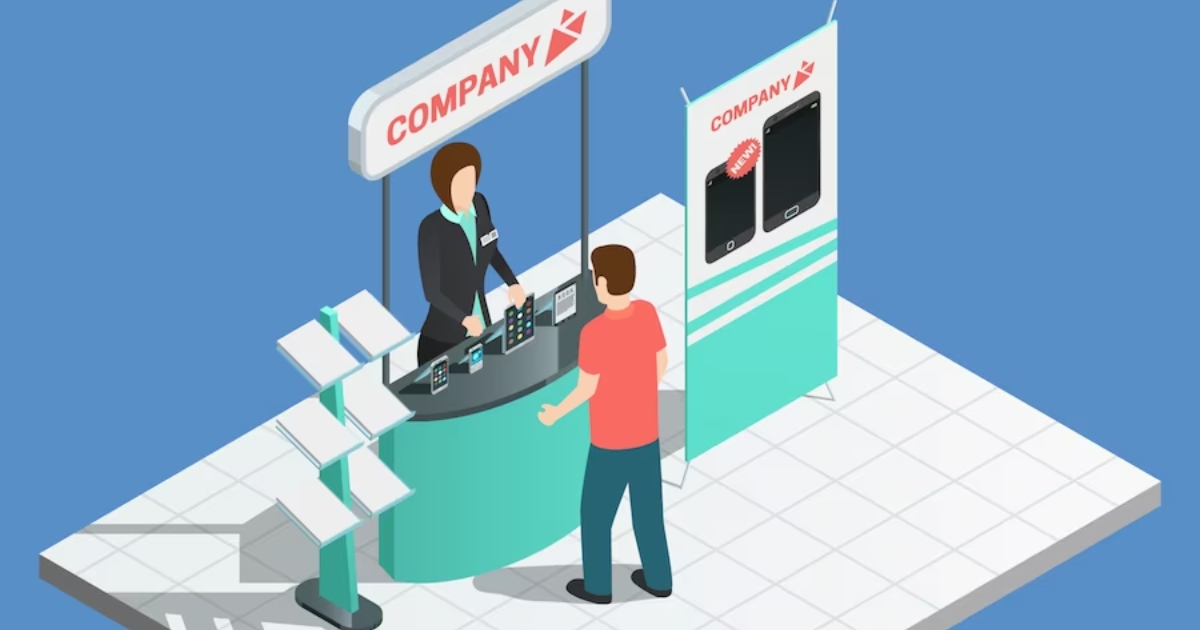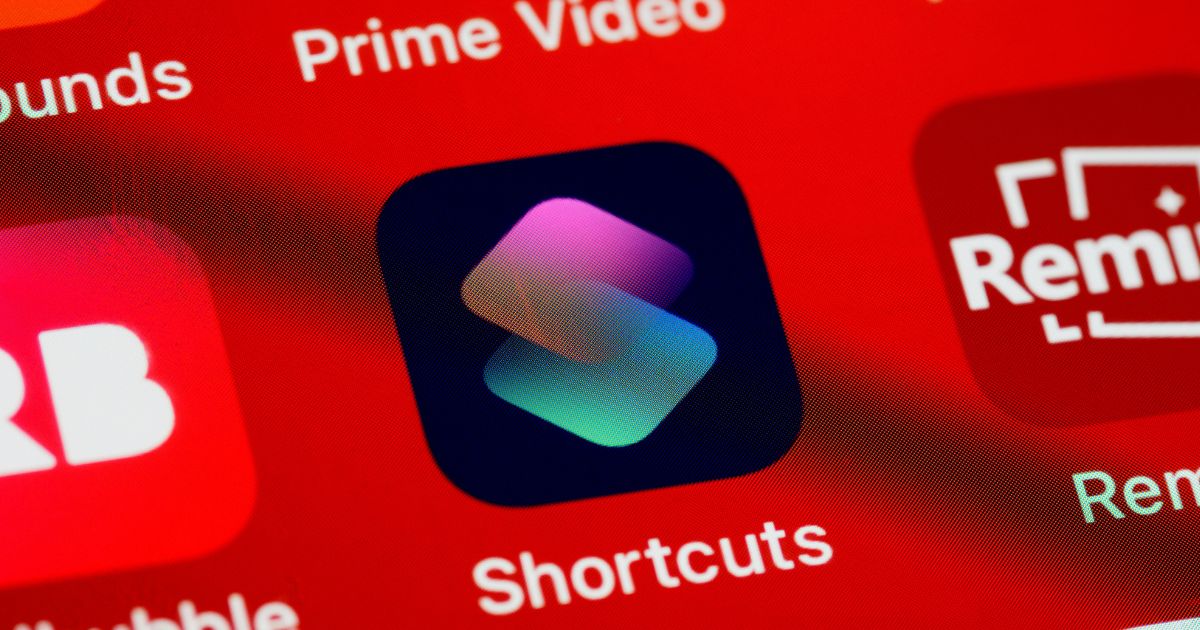What the onboarding process is, how to implement and improve it
Categories
Key topic
OnboardingFAQ.com
Our blog delves into the ins and outs of onboarding, providing valuable insights and resources for businesses and HR professionals to perfect their new employee integration process. From creating an effective onboarding plan, to fostering a positive company culture, our goal is to empower companies with the tools and strategies needed to welcome, inform, and set up new hires for success in their new role.
Freshly added
McDonald’s Onboarding Process
In this article find out more about Mcdonald’s onboarding process and the steps their employees take to get started.
Real Estate Agent Onboarding Process
This article is about real estate agent onboarding and its stages. How to setup online systems and orientation.
Flexible Work Arrangements in a Modern Real Estate Agency
In an era of constant change and innovation, businesses across all sectors are reevaluating their operational strategies, workplace cultures, and organizational values. Real estate, a sector traditionally tethered to brick-and-mortar…
Ongoing Training and Development of Real Estate Agents
Real estate without a doubt is a dynamic and competitive industry. Therefore often staying ahead of the curve isn’t just a luxury but more of a necessity. That is mostly…
Navigating Marketing Agency Onboarding
As a marketing professional, there will likely come a time when your organization decides to partner with a marketing agency. Whether for a one-off project or a long-term partnership, the…
How McDonald’s Staff Contribute to Brand Development
Any seasoned HR professional will understand the value of listening to employees. They are, after all, the lifeblood of any successful organisation. And in the world of fast food, no…
McWelcome
To overcome its onboarding and hiring challenges, Mcdonalds’ came up with the award-winning digital employee experience called McHire. It is a talent-hiring platform that uses AI to create a shorter and quicker engaging candidate experience.
McHire
Mcdonald’s launched McHire, an AI-enabled recruiting assistant to manage its hiring and onboarding more effectively. The purpose of McHire is to provide its candidates with a personalized and human centric experience. It will enable them to have a consistent and fast engagement.
The Role of Pallet Collars in Employee Training and Safety
In the bustling world of supermarkets, safety is paramount. With the daily operation involving a vast amount of stock movement, it’s crucial to ensure every piece of equipment is handled…
Effective Onboarding for Product Sampling Booth Employees
Creating a successful product sampling booth relies heavily on the people manning it. Well-trained, engaging, and knowledgeable booth employees can make the difference between a booth that attracts a crowd…
FAQ
Welcome to our FAQ section! At our company, we believe that answering all questions is crucial when it comes to human resources (HR). That’s why we’ve created a FAQ section highlighting the importance of providing comprehensive responses. In this section, we’ve compiled a list of frequently asked questions and provided brief answers to each one. Additionally, we’ve included links to relevant articles to further assist you in understanding each topic. We hope that this section will be a helpful resource for you as you navigate our company’s HR policies and procedures.
What is onboarding?
Onboarding is the part of of integrating and familiarizing a new employee, customer, student, or user with a company, product, service, or platform. While there are various types of onboarding, including employee onboarding, customer onboarding, student onboarding, and user onboarding, the underlying idea remains the same: to facilitate a smooth transition and ensure a positive experience for the individual.
What is employee onboarding process?
Employee onboarding is the process of integrating a new employee into an organization and familiarizing them with the company culture, policies, procedures, and expectations to ensure their success and long-term retention. It typically involves completing paperwork, setting up IT accounts and equipment, training sessions, and assigning a mentor or buddy to the new employee.
What is orientation?
Orientation is a component of the employee onboarding process that typically occurs on the first day of a new employee’s activity. It is a structured introduction to the company and its policies, procedures, and expectations. The purpose of orientation is to provide the new employee with an overview of the company’s culture, mission, values, and history, as well as to help them understand their role and responsibilities within the organization.
What is an onboarding specialist?
An onboarding specialist is responsible for overseeing the process of integrating new employees into an organization, which involves providing new hires with the necessary information about the company, introducing them to the organization’s systems, processes, and policies, and ensuring that they become productive members of the team as quickly as possible.
What is an onboarding buddy?
An onboarding buddy is a current employee who is matched with a new hire to provide guidance, support, and education about the organization’s processes, policies, culture, and social connections. They help the new hire feel welcomed and comfortable in the workplace environment. Studies have shown that having an onboarding buddy increases a new hire’s efficiency and productivity, boosts their satisfaction, and provides valuable context that cannot be found in manuals or handbooks.
What is onboarding checklist?
An onboarding checklist is a tool used by organizations to ensure that new employees are properly integrated into the company and their roles. It is designed to go beyond the first day of orientation and includes many steps involving several departments. The checklist ensures that the organization does not miss any crucial steps in the onboarding process, which can help to retain employees for longer. The checklist includes items to be completed on the first day, the first week, the first month, and beyond, and is intended to provide employees with the encouragement and support they need to become productive and engaged in their roles.
Does onboarding mean I got a job?
Yes, if you have started the onboarding process, it generally means that you have been hired and have the job, as long as you have signed and returned the employment contract that includes the terms and conditions of your employment. However, it’s important to note that onboarding does not guarantee job security, and you may still need to prove yourself during the probationary period or try-out period.













